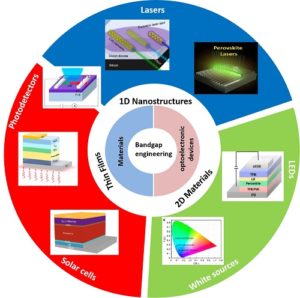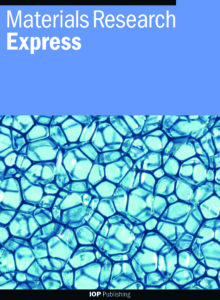Materials Research Express 特刊征稿

截止日期:2022年05月01日

- 郭鹏飞,太原理工大学,中国
- 余健文,香港城市大学,中国香港
- 曾若生,广西大学,中国
- 何颂贤,香港城市大学,中国香港
- Takeshi Yanagida,东京大学,日本
- 阙郁伦,国立清华大学,中国台湾
- 袁荃,湖南大学,中国
特刊涵盖主题
- Bandgap graded low-dimensional Nanostructures
- Semiconductor nanowires/ribbons with tunable bandgaps
- Heterostructure
- 2D materials with tunable bandgaps
- Thin films with gradient component
- Synthesis of the materials
- Conventional methods
- Modulated methods
- Optoelectronic application of the Low-dimensional materials
- Nanolasers
- Photodetectors
- LED
- FETs
- Solar cells
- Waveguides
期刊介绍

Materials Research Express(MRX)采用快速出版的模式,发表各类功能材料在设计、制造、性能和应用方面的最新研究。从2020年起,MRX将转变为金色开放获取出版模式,以最大限度地传播材料科学的所有领域的研究。文章内容包括:生物材料;纳米材料和纳米技术;碳的同素异形体和二维材料;电子材料;玻璃、陶瓷和非晶材料;磁性材料;金属和合金;光子材料和超材料;聚合物和有机化合物;智能材料;薄膜等。从2020年开始,MRX将以金色开放获取形式出版,最大程度地传播材料学各领域的研究成果。
